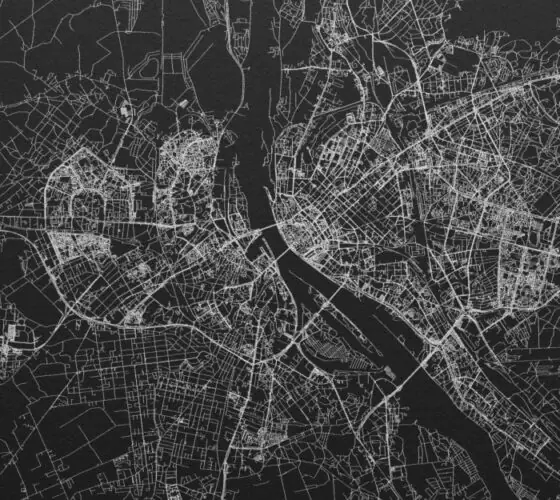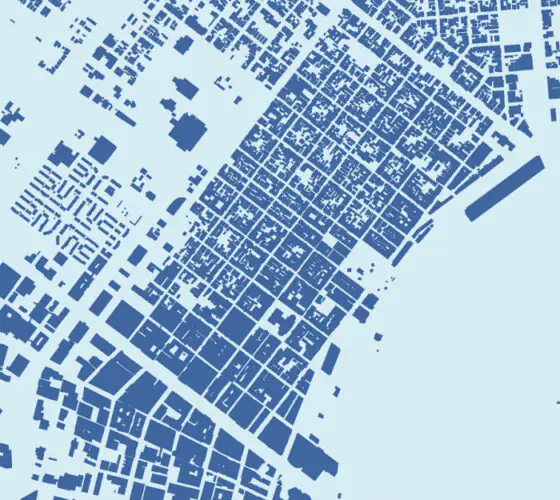
Studies show that when people have a pet, they tend to get more exercise, experience less loneliness and stress, and have stronger social bonds. This is probably why more and more people are treating their pets like family and want to spend as much time with them as possible.
Over 2022, the pet population in Europe grew by 11%. Almost half of households in the region have at least one pet. In 2022, there were about 340 million pets in Europe, mainly cats (about 127 million) and dogs (about 104 million).
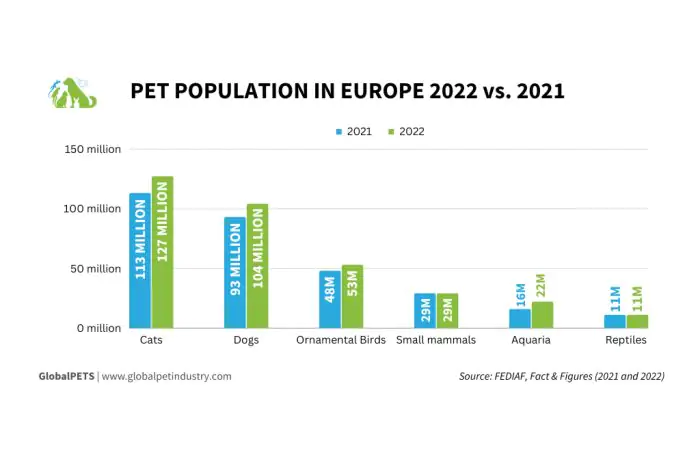
globalpetindustry.com
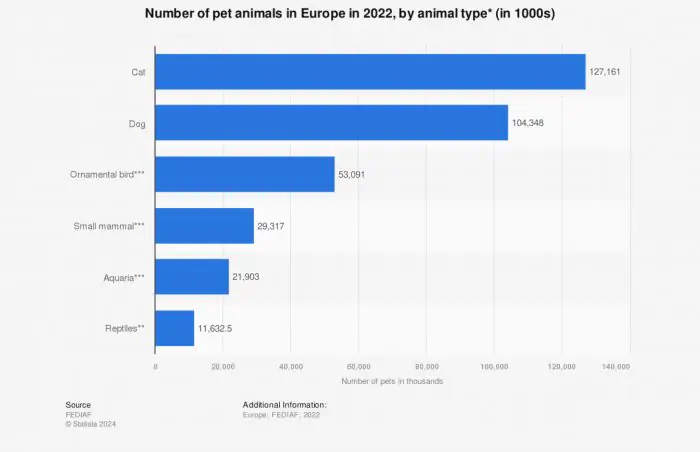
statista.com
The leading countries in terms of the number of pets per 1,000 people are located in Eastern Europe: Romania, Hungary, Czech Republic, Poland, as well as Lithuania and Portugal. In general, the number of pets is increasing every year. The significant increase in the number of pets is often attributed to the Сovid pandemic and its consequences.
Along with the increase of pets, cities in Europe and America are actively adapting to their needs and the needs of their owners: urban planning and design, development, law, commerce—a variety of sectors are changing along with the demands of citizens. Many digital services for pet owners are also being developed, from chip tracker programs to Open Street Map (OSM)-based services that guide dog owners on how to navigate their way to third places that share Pet-Friendly values.
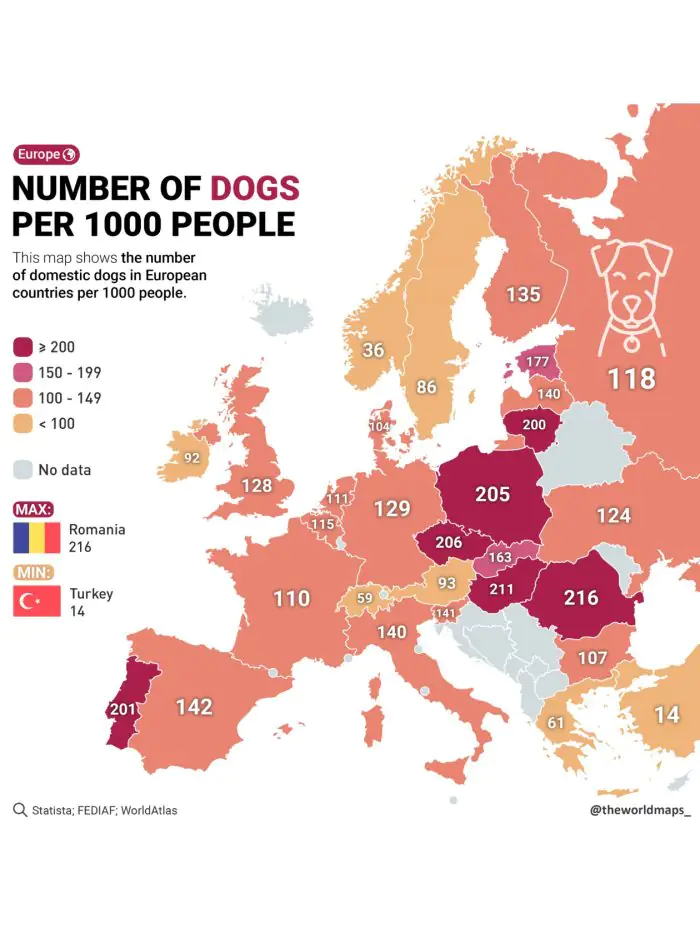
reddit.com
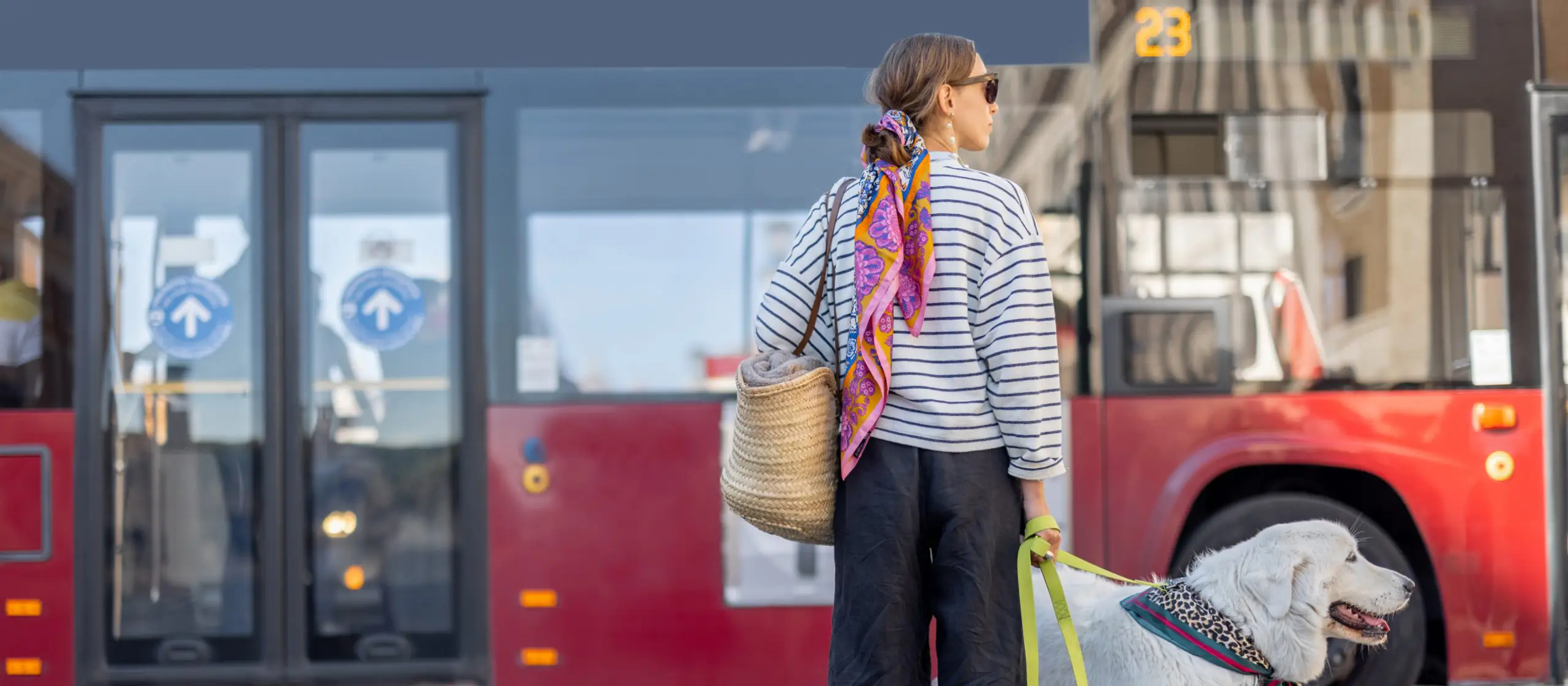
There are various studies and ratings that examine the degree to which cities are comfortable for people with pets. For example, in 2021, London was recognized as the most pet-friendly city among the 20 most densely populated cities in Europe in a research conducted by Money.co.uk.
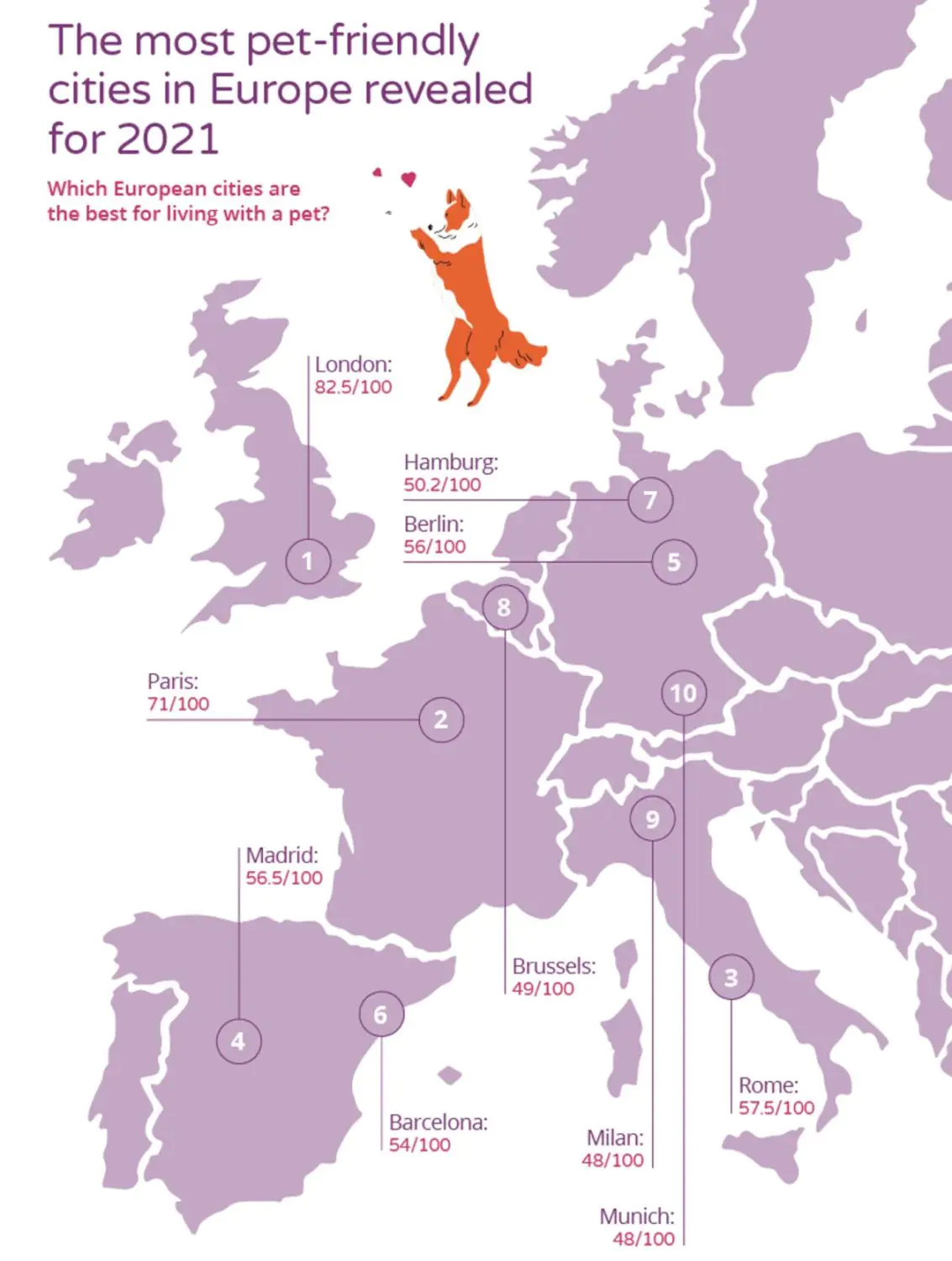
traveler.es
In this ranking, cities were evaluated according to several criteria: the possibility to travel by public transportation with pets, the variety of pet care services (number of veterinary clinics, pet stores, pet daycare centers and grooming salons), the number of rental housing with the possibility to live with pets, the possibility to stay with pets in cafes and restaurants, and the climate. The results of the survey can be seen on the map:
The parameters given in the study to assess the animal friendliness of cities are far from exhaustive: they mainly describe the level of development of the sphere of services oriented to pets and their owners, opportunities for renting with animals and for walking dogs in the city, and this is really important. But there are other indicators as well.
The Better Cities for Pets™ program was developed in 2017 by the American company Mars to determine whether a city is Pet-Friendly through 12 key parameters. In addition to services, these parameters take into account certain aspects of urban planning, development and governance in general. The metrics are categorized into four main areas that affect the quality of life for pets and their owners in cities: shelters, housing, parks and businesses.
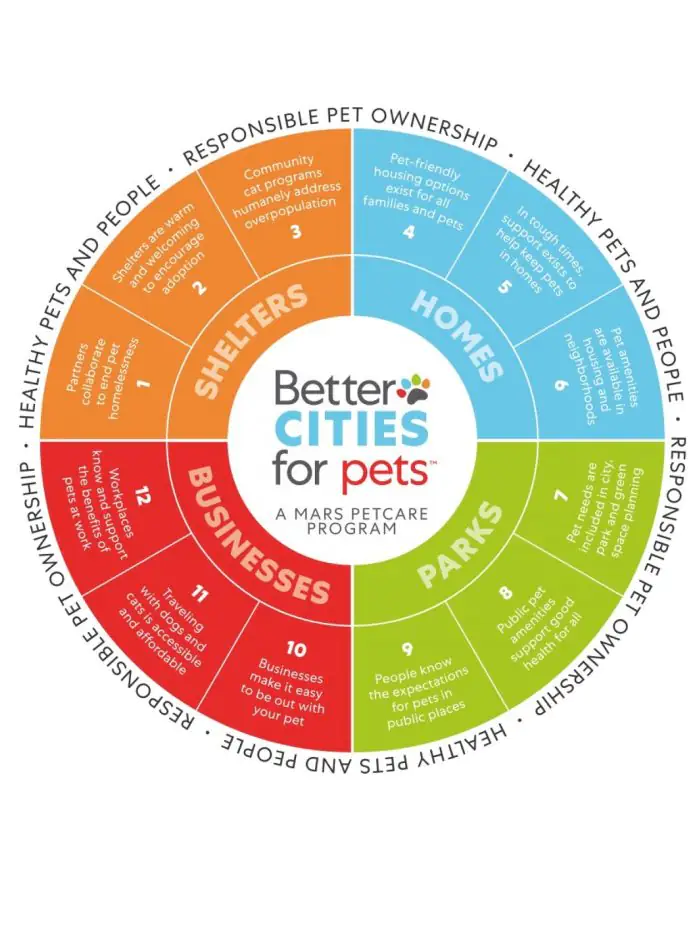
teletype.in

Group 1. Animal Shelters
- Cooperation of different organizations (shelters, rescue services) working with homeless animals, synchronization of programs aimed at increasing efficiency in the work to reduce the number of homeless animals.
- Open and welcoming shelters that promote normalization of homeless animals and attract visitors who are willing to take an animal home.
- Programs that humanely address the overpopulation of stray cats. For example, the Trap-Neuter-Return (TNR) initiative.
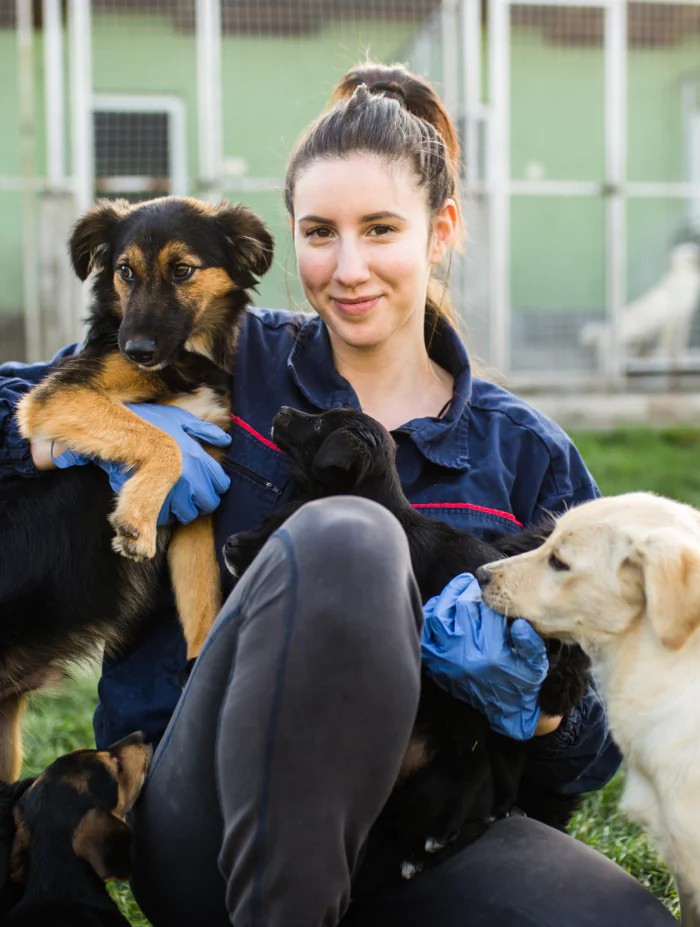
Group 2. Homes
- The availability of rental housing where you can live with pets. Relocation is the main reason people give pets to shelters.
- Programs and infrastructure to support owners and their pets in difficult situations, such as financial hardship.
- Availability of pet infrastructure and services in apartment complexes and neighborhoods. For example, drinkers in common areas, pet concierges, washing stations, walking areas.
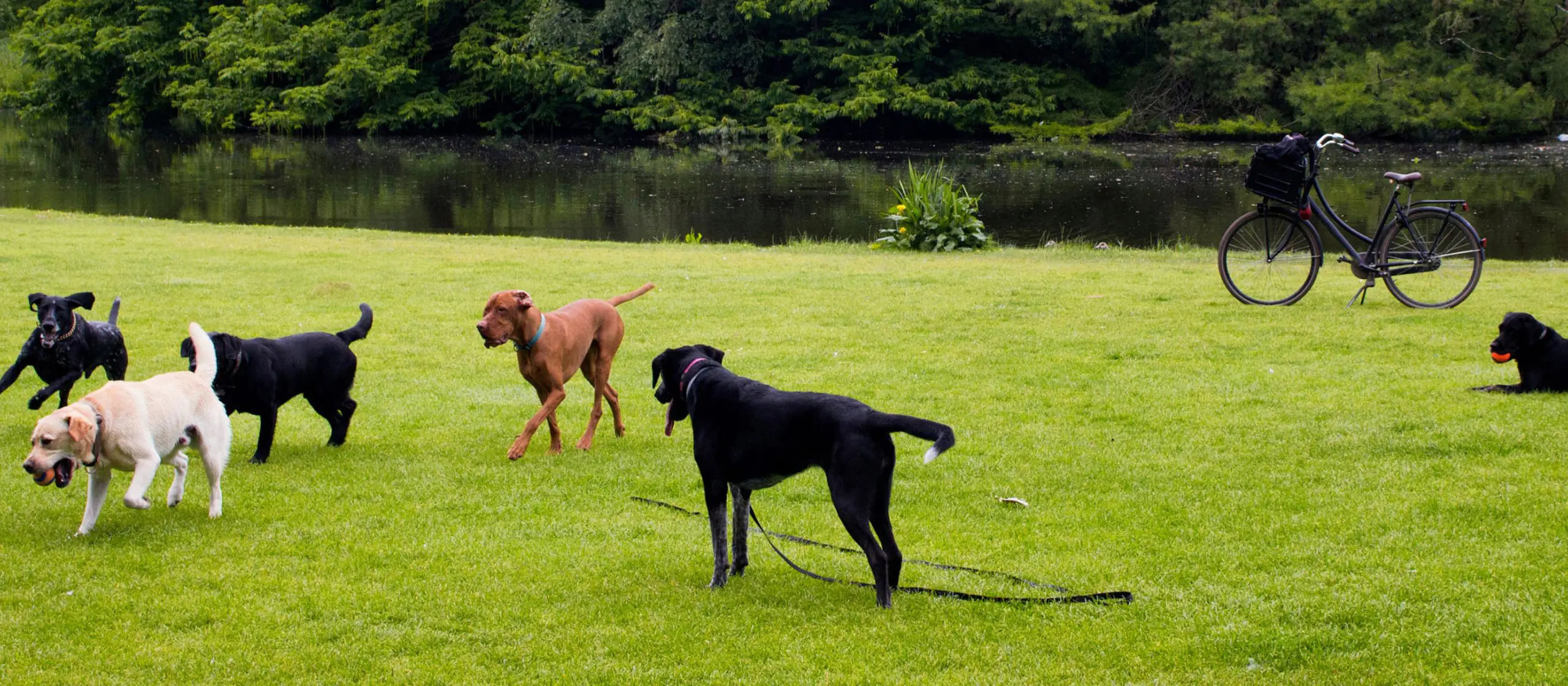
Group 3. Parks and Public Spaces
- Urban planning and green spaces that take into account that animals need to move: places where dogs can run freely are essential for their health.
- Publicly available amenities for animals in urban environments. First of all, drinking fountains: dogs need more water than humans, especially in hot weather. Special waste stations with trash bags and garbage cans are also needed.
- Comprehensive information about the rules of being with pets in public places. Owners must understand their responsibility to keep the people around them safe.This requires appropriate signage and other navigational elements.
Group 4. Business and Services
- Accessibility of third places for animals: cafes, stores and other spaces where pets can be visited. Legislation should also regulate the liability of animal owners to protect business owners.
- The ability to travel with pets on public transport: not only city transport, but also long-distance one.
- Ability to stay with pets in workplaces and adapt workplaces for pets.

The Better Cities for Pets™ works actively with municipalities in America and Europe and advocates that transforming the urban environment and creating Pet-Friendly spaces is a progressive urban development and management policy: on the one hand, it responds to the demands and needs of people who already have pets, and on the other hand, it changes the way society thinks about animals and makes people more humane.
Pet-Friendly cities are cities adapted to make it comfortable for pet owners to spend their working hours and leisure time together with their pets, and for all participants in the process—including surrounding people without animals—to be comfortable.
More importantly, Pet-Friendly is not only about the quality of the environment, physical and digital, but also about the culture of behavior in society. The fact that it is being intensively developed right now is very important and interesting.
The material was prepared with umagamma team.



